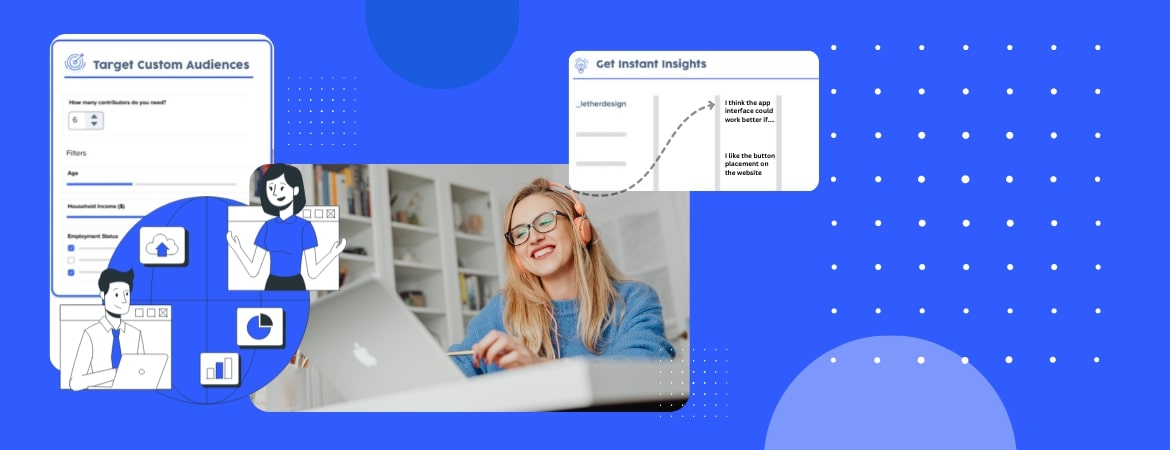Today’s business systems are interconnected, and initiatives rarely succeed in isolation.
CIOs need the support of other enterprise stakeholders to identify and implement cost savings ideas. To implement their plans, they may need the expertise or resources of others in the enterprise. For instance, if they do not get support from the finance team, they may not have access to profit and loss impact reports before implementation, forcing them to run blind.
Gartner’s S-A-V-E methodology is a four-step framework for CIOs to engage cross-functional teams. This methodology improves collaboration and offers a framework for CIOs rto discuss and implement ideas, taking everyone on board. The framework also improves efficiency and reduces costs for the business.
S-A-V-E is an acronym for the four main focus areas:
- Select and inform savings communities
- Analyse IT spend categories
- Validate savings ideas
- Execute plans and report savings
S – Select and Inform Savings Communities
Saving initiatives work only with rank-and-file support. Especially critical is the support of end-users who have to implement the plans.
The best way to enlist rank-and-file support is by creating cross-functional savings communities. Build a cross-functional team with members from IT, procurement, finance, and other units. Such a team offers several advantages compared to the IT team seeking assistance from other departments.
The diversity of expertise within a cross-functional team makes brainstorming more effective.
Cross-functional teams, being familiar with the entire gamut of operations, develop innovative ways to balance cost, risk, and value.
Since cross-functional teams have representation from all functional units, disseminating ideas becomes easier. Team members become champions of the cost-saving initiative within their sphere of influence. They take ownership of the concept in their respective departments or functions.
The onus is on the CIO to form the cross-functional savings community and provide initial leadership and sponsorship. For best results,
- Hold a community kickoff meeting that explains the objectives and focus of the S-A-V-E approach.
- Develop performance metrics that measure and report cost optimisation with saving targets. Link saving targets with bonuses and incentives for the management and staff to encourage buy-in.
- Enlist the support of the CFO. Discuss the savings and cost optimisation measurement criteria before the kickoff meeting.
- Focus on “quick wins,” such as infrastructure contracts, during the first few brainstorming sessions. Early positive results will motivate and encourage community members.
Gartner pegs the optimal size of the team as between eight and 12 members. Such a size offers the right blend of diversity and membership to foster powerful brainstorming sessions. With too large a group, meetings become disruptive and hard to control. A group with lesser numbers may have limited diversity.
A – Analyse IT spending categories
Gartner recommends a four-level classification framework to categorise IT spending.
Level 1 is spending within existing vendor contracts and service delivery models. Examples include IT procurement and vendor management costs. IT can strive to get the best pricing and terms from vendors.
Level 2 is cost savings within IT. Optimise service delivery across domains, consolidating and streamlining services or outsourcing.
Level 3 is a joint business, and IT cost savings. The community meetings focus on process and efficiency improvements. For instance, they may seek to reduce or eliminate services and application footprints. This level, and the next level, focus on shared savings opportunities. The business and IT teams identify cost optimisation areas that impact their functional spheres. Success depends on emphasising the right balance between cost, risk, and value.
Level 4 is business optimisation costs. Examples include process improvement, business restructuring, and innovation. The community meetings brainstorm ideas for business restructuring, transformation, and innovation. They explore ways to use technology to change things, such as rolling out a new payment model.
Engage the savings communities to categorise budget and spending data. Use the four-level classification approach while doing so. Make sure the committee:
- Has access to relevant reports with meaningful data. For simplicity and easy comprehension, avoid heavy financial jargon and data in the reports.
- Brainstorm ideas factoring in short-term versus long-term cost commitment. Make trade-offs of potential savings with the difficulty level of implementation. Start with the infrastructure spend category. Classify hardware, software, telecom, and SaaS costs. After meeting these immediate goals, take the community meetings to a higher level of engagement. One prominent area is cost optimisation ideas through joint IT and business community engagements.

V — Validate Savings Ideas
The best of plans can falter. Also, today’s world is fast-changing, and plans may become obsolete when it reaches the execution stage. At times, those who plan may have horse-blinders and may not consider their decisions’ big picture or broader implications. As such, IT leaders and other key stakeholders need to validate each savings idea before implementation.
- Use checklists for the validation. A savings validation checklist makes it easy for the community to discuss and review each idea. The members assigned with ownership could discuss ideas with IT and business stakeholders and get their buy-in.
- Get a financial profit and loss impact estimate for the savings plan. Clarify if the cost savings will have a capital expenditure impact, operational expenditure impact, or both. The C-suite looks and numbers and only favours projects with clear-cut quantifiable returns.
- Assign ownership of the change idea to the functional areas marked for implementation. Business and IT managers need to guide the selected owners with viability assessment validation.
- Provide definite answers to questions such as:
- The month, quarter, or year when the business can actualise the savings.
- Whether the savings are one-time or recurring.
- The depreciation or amortisation amount for capital expenses. At times, investing capital may lead to tax savings by availing depreciation provisions in the tax charter.
E — Execute Plan and Report Savings
After validating the plans, the next step is to execute the plan and report the actual savings.
A project plan becomes essential at this stage. CIOs would do well to make each savings community draw up a Gnatt project plan that offers a workflow for the savings initiatives. Such a chart can verify progress during scheduled community meetings.
Even the best-laid plans falter. Regular meetings of the cost savings communities are a must to track and fine-tune progress and make course corrections. The benchmark duration of the meetings is one month, but it depends on the circumstances surrounding the business,
Create and publish quarterly reports. Make sure the report display actuals to budget and the variance impact from the savings initiatives. Publishing regular reports on social media, during the town hall, and other avenues keep the cost savings programs alive.
Ensure individuals, departments, and the wider community receive recognition during the outreach.
The S-A-V-E methodology allows CIOs to streamline and optimise technology for cost savings. Success depends on sustained efforts, where the process should be ongoing and not a one-time event. Technology and business needs change constantly, and what works today may not work a few months down the lane.












